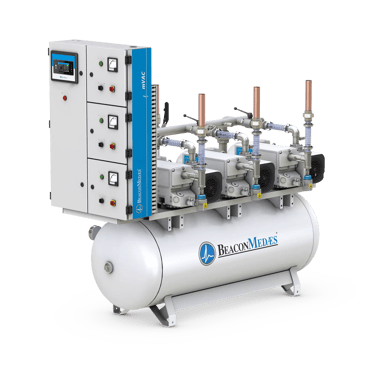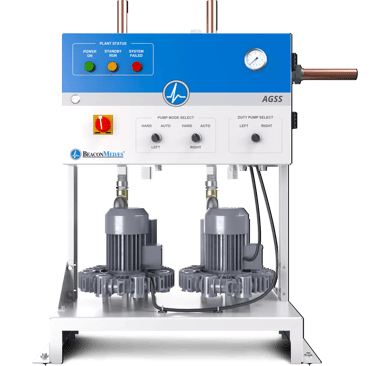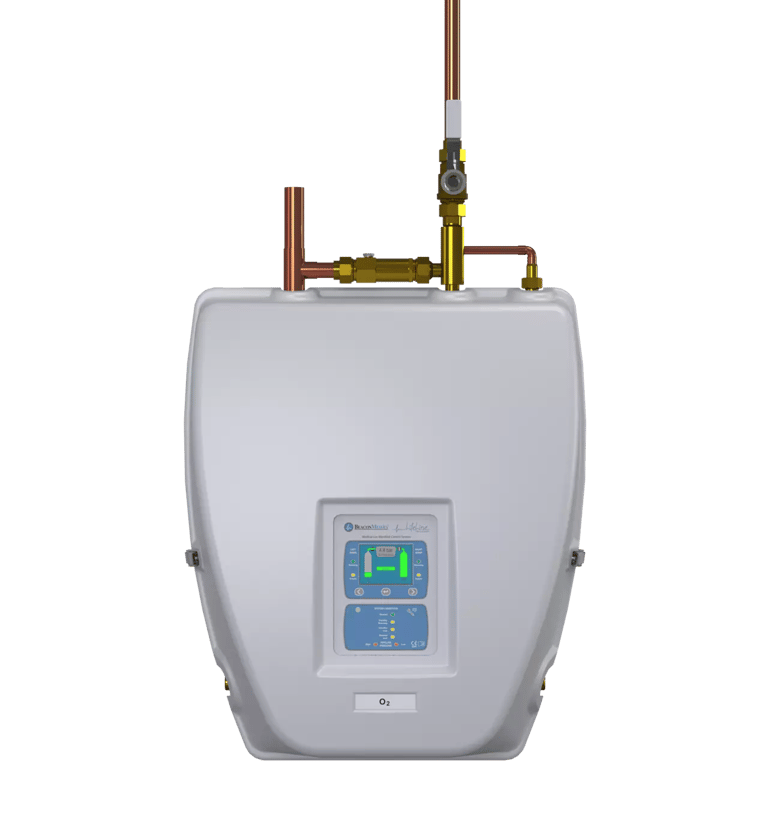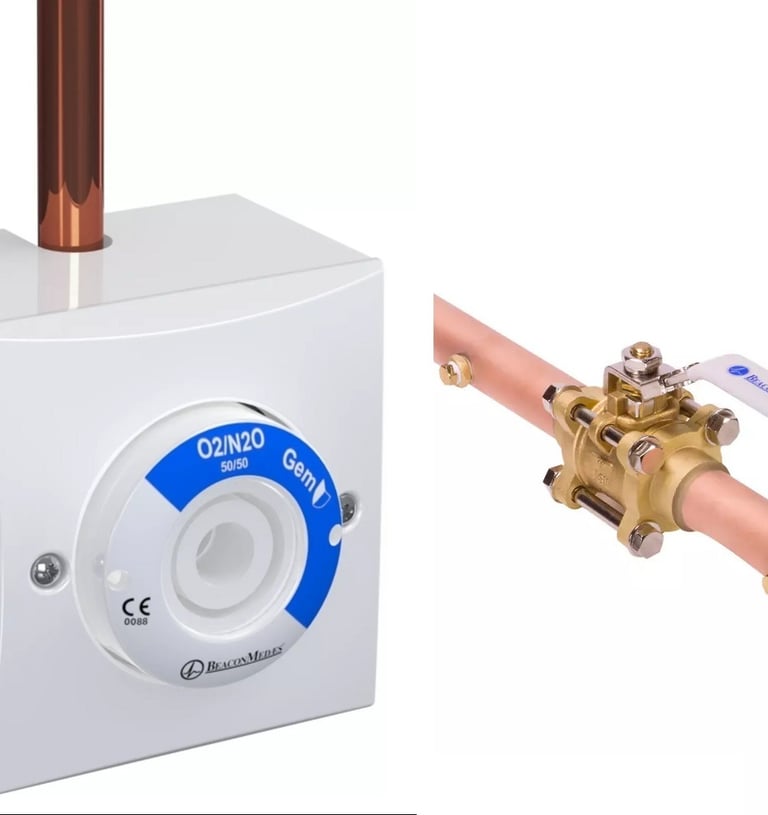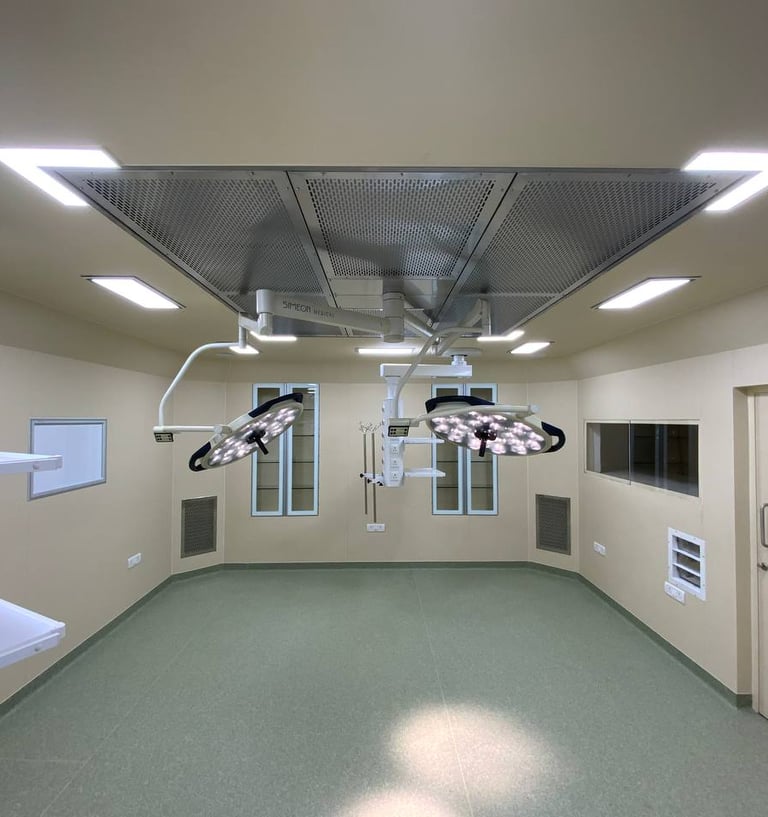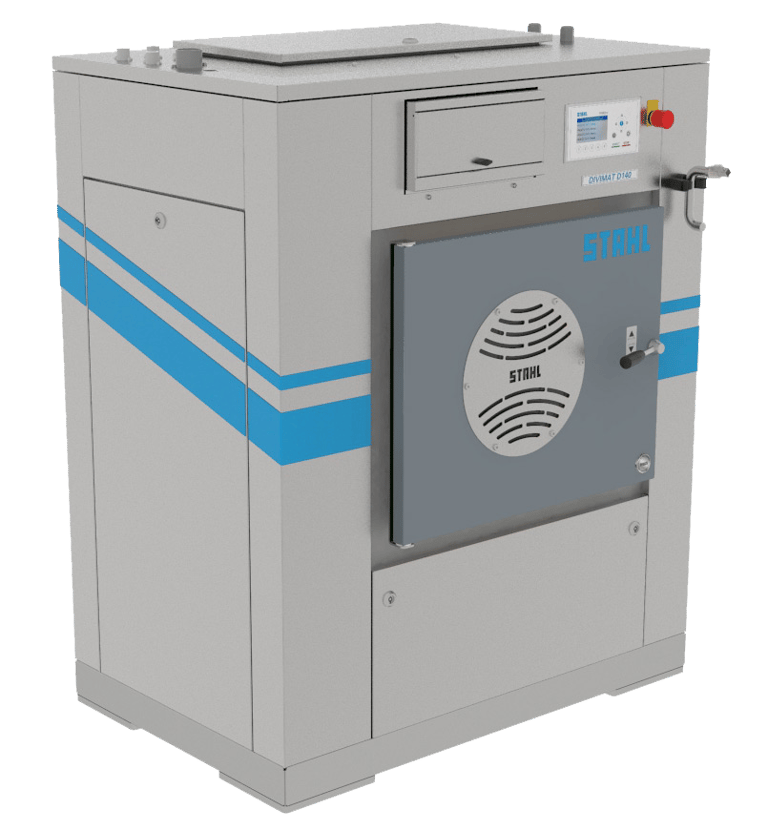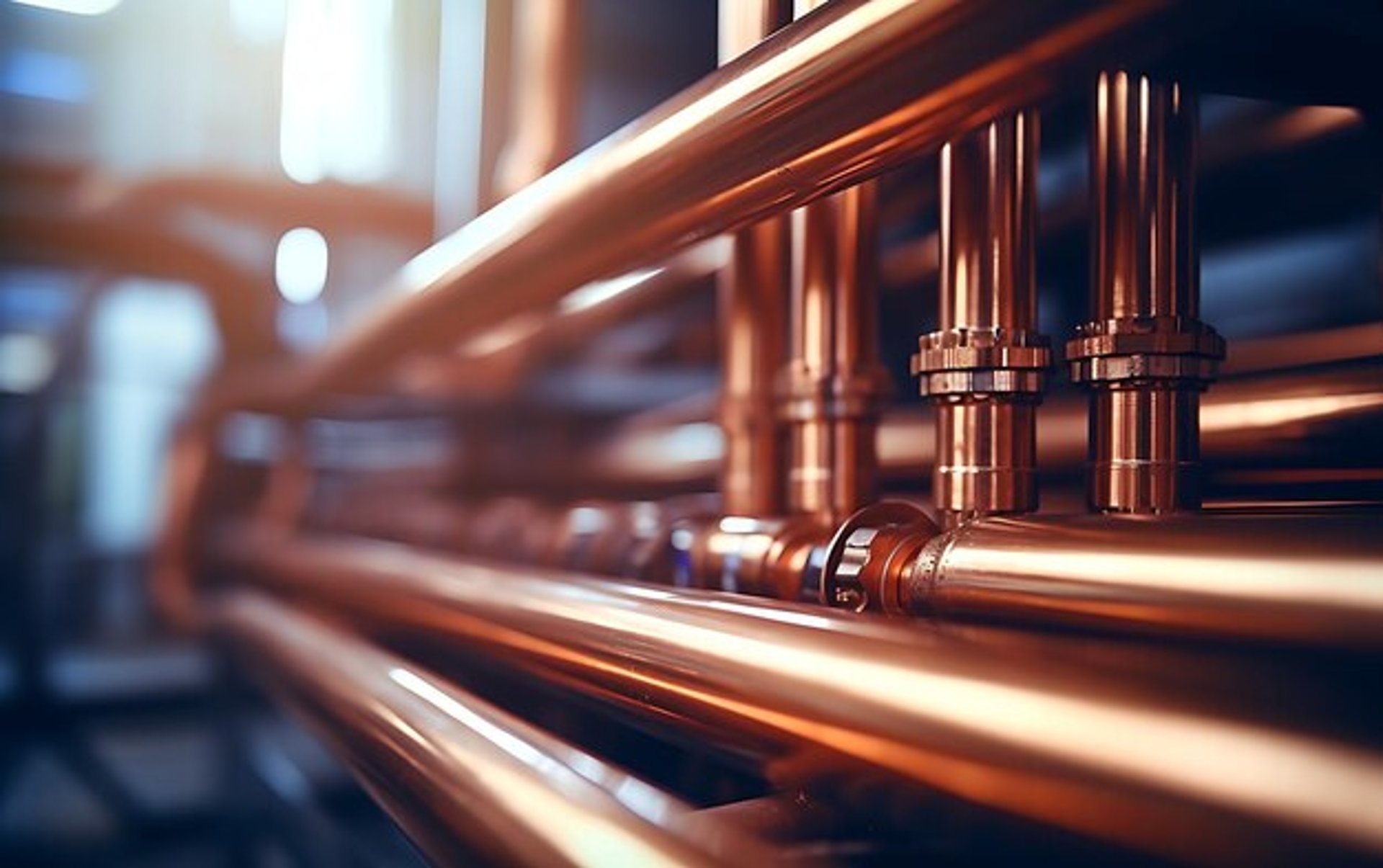
Products


Medical Air Compressor
In today's evolving healthcare landscape, the demand for pure, reliable, and efficient medical air systems has never been more critical. Empowering healthcare facilities with advanced medical air solutions ensures that hospitals and clinics can deliver the highest standard of care. These systems play a vital role in supporting various medical procedures, providing the necessary clean air for respiratory treatments, anesthesia delivery, and more. By investing in top-tier medical air technology, facilities enhance patient safety, improve operational efficiency, and contribute to positive health outcomes. Moreover, with rigorous quality control measures and compliance with health standards, these systems not only protect patients but also offer peace of mind to healthcare providers. Embracing innovative air solutions paves the way for a safer and more effective healthcare environment, ultimately fostering trust and confidence in medical services.
Medical Air Applications
Medical air serves a variety of applications, each vital to patient care and medical procedures.
Mechanical Ventilation: Medical air is essential for operating mechanical ventilators that support patients unable to breathe on their own. It ensures a controlled and safe environment for respiratory assistance.
Anesthesia: In surgical settings, medical air is used as a carrier gas for anesthetic agents, helping to control the depth and duration of anesthesia during procedures.
Drug Delivery via a Nebuliser: Medical air powers nebulisers to aerosolize medications, allowing for efficient and direct lung delivery, especially crucial for respiratory conditions.
Surgical Air Applications
Surgical air plays a crucial role in modern surgical environments, powering a range of essential equipment and processes.
Pneumatic Surgical Tools: Surgical air is vital for operating pneumatic tools used in surgery, such as drills and saws. These tools require a reliable and constant supply of air to perform precise cuts and modifications during various surgical procedures. Surgical air powers high-speed high torque motors found in specialized surgical instruments. These motors are crucial for procedures requiring precision and control, such as orthopedic surgeries where bone cutting and shaping are necessary.
Inflation of Surgical Devices: Certain surgical procedures require devices like balloons or cuffs to be inflated. Surgical air provides a sterile medium for inflation, ensuring the procedure is conducted safely without introducing contaminants.


Medical Vacuum System
Medical vacuum systems are crucial components in healthcare settings, providing reliable suction capabilities necessary for various clinical applications. These systems are predominantly utilized in operating theaters, where they assist in maintaining a sterile environment by removing fluids and gases during surgical procedures. In intensive care units and emergency rooms, medical vacuum systems are vital for managing patient needs, helping to clear airways and remove bodily fluids efficiently. Additionally, they play an important role in respiratory therapy departments, facilitating the clearance of secretions to improve patient breathing. With their versatility and reliability, medical vacuum systems significantly enhance the quality of care provided to patients across multiple disciplines in the medical field.
Medical vacuum applications
Medical vacuum serves a variety of applications, offering critical support to enhance patient care and safety:
Wound Drainage: Medical vacuum systems provide crucial support in managing wound care by efficiently removing fluids and exudates from open wounds.
Assisted Wound Closure: In procedures requiring precise wound closure, vacuum systems can aid by gently bringing edges together under controlled suction.
Chest and Lung Drainage: Vacuum systems play a critical role for individuals with pleural effusions or pneumothorax by securely extracting air or fluids from the pleural space.
Collection of Other Bodily Fluids: Vacuum systems are essential for the removal of various bodily fluids that may accumulate during or after surgery.
Gastric Emptying: Vacuum technology assists in gastric emptying procedures, where it is necessary to remove gastric contents due to blockages or surgical interventions.
Cleaning Endotracheal Tubes: Medical vacuum provides a reliable method for removing secretions and debris, maintaining airway openness and supporting respiratory function while ventilating patients.
Liposuction (Lipoplasty): Medical vacuum is used in cosmetic and reconstructive surgeries to remove excess fat deposits through liposuction. This application requires precise control of suction to ensure effective removal.
Removal of Excess Blood During Surgery: Medical vacuum plays a critical role in the removal of excess blood, allowing surgeons to operate with greater visibility and precision.


Oxygen Supply Units
Oxygen systems play a crucial role in modern medical practice by ensuring a reliable and continuous supply of medical-grade oxygen. This vital resource is essential for a variety of applications, including therapeutic treatments, surgical interventions, and life-support procedures. Medical-grade oxygen is used to enhance patient care, particularly for those suffering from respiratory issues or during critical situations requiring immediate attention. The provision of high-quality oxygen not only supports recovery but is also imperative for maintaining the overall health of patients undergoing complex medical interventions. As healthcare continues to evolve, the importance of efficient and dependable oxygen systems remains a cornerstone of effective medical treatment and patient safety.
Medical oxygen applications
Medical oxygen is vital in diverse healthcare applications, supporting everything from emergency care to chronic condition management.
Respiratory Therapy: It is used to manage conditions such as COPD (chronic obstructive pulmonary disease), pneumonia, asthma, and respiratory distress syndrome by improving oxygen saturation in patients with hypoxemia.
Anesthesia: Medical oxygen is combined with anesthetic agents to ensure a stable supply of oxygen to the patient during surgical procedures.
Life Support: It is a critical component of life support systems, including mechanical ventilation for patients who are unable to breathe on their own.
Emergency Medicine: Oxygen is used in emergency situations to stabilize patients, from cardiac arrest to shock and severe trauma, ensuring vital organs receive sufficient oxygen.
Chronic Condition Management: Patients with chronic conditions that impair lung function may require supplemental oxygen on a long-term basis to maintain normal oxygen levels.
Neonatal Care: Premature babies often require medical oxygen in incubators to help their underdeveloped lungs function properly.
Cardiac Care: Patients with heart failure or severe cardiac conditions may receive medical oxygen to reduce the strain on the heart by ensuring efficient oxygen delivery to tissues.
Post-Operative Recovery: Following surgery, patients may need supplemental oxygen as they recover from the effects of anesthesia and to promote healing.
Palliative Care: For patients in end-of-life care, oxygen therapy can ease symptoms of breathlessness and improve the quality of life.
Hyperbaric Oxygen Therapy: This involves breathing pure oxygen in a pressurized room or chamber and is used for treating conditions like carbon monoxide poisoning, gangrene, and wounds that won't heal as a result of diabetes or radiation injury.


Anesthetic Gas System
Anesthetic gas disposal solutions are essential in healthcare environments where safety and compliance are paramount. Operating theaters and maternity wards, in particular, produce waste anesthetic gases that can pose significant health risks if not managed properly. These specialized systems are designed to effectively capture and neutralize harmful gases, ensuring that the air quality in these sensitive areas remains safe for both patients and medical personnel. By implementing efficient disposal solutions, healthcare facilities can minimize the potential for exposure to toxic substances, enhance the overall safety of the environment, and comply with stringent regulatory standards. This dedication to proper waste management not only protects the well-being of staff and patients but also contributes to a more sustainable healthcare practice. Overall, the adoption of these tailored disposal solutions underscores the commitment of healthcare providers to maintain a high standard of safety and care.
Anesthetic Gas System Applications
Anesthetic Gas Disposal is crucial in healthcare facilities to manage and mitigate the risks associated with the exposure to anesthetic gase
Operating Rooms: They are the primary location where anesthetic gases are used and subsequently need to be disposed of, to maintain a safe environment for both the medical staff and the patient.
Maternity wards: efficiently removes Nitrous Oxide from operating wards, ensuring a safe environment for mothers, newborns, and healthcare staff.
Recovery Rooms: Post-operation, patients may exhale residual anesthetic gases which need to be captured and disposed of to prevent accumulation in the air.
Dental Offices: Used during procedures involving sedation, WAGD systems help in dental practices to ensure the safety of both dental professionals and patients.
Veterinary Clinics: Similar to human medical settings, anesthetic gases are used in veterinary medicine for animal surgeries and procedures, requiring effective disposal systems to maintain air quality.


Manifolds
Medical Gas Manifolds provide reliable and high-quality performance in healthcare environments. These systems, including Automatic Changeover Manifold Systems, play a critical role in ensuring consistent and safe delivery of medical gases to different hospital environments. These systems are essential for many medical uses, from anesthesia in operating rooms to oxygen therapy in patient care units. Our manifolds can be easily integrated into your hospital's existing medical gas supply system, effectively and securely managing your gas flow and pressure. By managing the pressure and flow from high-pressure gas cylinders to patient administration and surgical procedures, they not only uphold the functionality, but each manifold is also designed with safety and durability in mind.
Medical gases supplied by our Manifold
Each gas plays a unique role in healthcare settings, from supporting life to facilitating medical procedures. The gases supplied via our medical gas manifolds include:
Oxygen: Vital for respiratory support and therapeutic use.
Nitrous Oxide: Used as an analgesic and as part of anesthesia.
O2/N2O 50/50: A pre-mixed blend for pain management and anesthesia.
Medical Air: Used for patient ventilation and nebulization.
Carbon Dioxide: Utilized in minimally invasive surgeries for insufflation and respiratory stimulation tests.
Nitrogen: Often used in cryosurgery and to power pneumatic surgical instruments.
Surgical/Instrument Air: Used for driving surgical tools.
These gases, supplied through our manifolds, are integral to the functionality and efficiency of medical treatments, ensuring healthcare facilities can provide the highest standards of patient care.


Pipelines
Comprehensive solutions of Medical Gas Pipeline Equipment, such as medical gas outlets, MGPS components, valves, and medical gas alarms, that are tailored for healthcare facilities, ensuring safe, reliable and efficient control and distribution of medical gases to healthcare facilities. These products seamlessly integrate and enable a continuous supply of medical air, vacuum, oxygen, and other medical gases essential for hospital operations. Our Medical Gas Pipeline solutions ensure uninterrupted medical gas delivery, critical for patient care, embodying innovation and customer support.
Medical Grade Copper Pipeline
The Copper tubes shall be manufactured from Phosphorus deoxidised non-arsenical Copper to grade CW 024A (Cu-DHP) conforming to BS EN: 13348 / ASTM: B 819 in Half Hard Temper Condition. Copper Tubes shall be Degreased & Suitable for MGPS use with both ends capped & Protectivly packed.
Medical Gas Outlets
Ensure safe, reliable medical gas delivery with our hospital outlets, featuring unique configurations and built-in valves for optimal patient care.
Medical Gas Valves
Medical Gas Valves are essential components in the Medical Gas Pipeline System (MGPS) in healthcare facilities, ensuring the safe and controlled delivery of gases used for patient care and surgical procedures. These valves serve a critical role in managing the distribution of medical gases like oxygen, nitrous oxide, medical air and vacuum mainly to operating theaters, ICU’s and patient rooms.
Medical Gas Alarm
Digital Alarm system with latest Surface Mounted Technology (SMT). Using parallel RISC processing technology medical gas pressures are displayed on high glow seven segment LEDs. As an area Alarm, it is capable of continuously monitoring up to 4 - 6 gas services.


Modular Operation Room
In a modular operation room, maintaining a 100% bacteria-free environment is critical to ensure the highest standards of hygiene. This sterile atmosphere is essential for preventing infections and promoting patient safety during surgical procedures. Innovative design features, such as seamless surfaces, advanced ventilation systems, and controlled access points, contribute to the overall cleanliness of the space. Regular sterilization protocols and monitoring of air quality are implemented to support the operation room's stringent hygiene requirements. Medical professionals are trained to adhere to strict guidelines, ensuring that every aspect of the operation room consistently upholds these vital standards. By prioritizing a bacteria-free setting, healthcare facilities can enhance surgical outcomes and foster a safer environment for patients and staff alike.
Modular Operation Room
Healthcare facilities, the design and functionality of operation rooms are paramount to ensuring efficient and safe surgical procedures.
Stainless Steel OR: A stainless steel operation room offers a durable and hygienic environment, resistant to bacteria and easy to clean.
HPL OR: An HPL (High-Pressure Laminate) operation room provides a versatile and aesthetically pleasing finish that meets sanitary requirements while allowing for creative design choices.
Beyond these essential elements, integrating printed walls can transform the operation room into a more inviting space, providing visual stimulation and potentially reducing anxiety for patients and staff alike. Together, these features can significantly elevate the operational and emotional experience in surgical environments.
In the bustling environment of the operating room, the surgical control panel stands as the nerve center, managing the intricate devices that aid the surgical team. Operation Room lights cast a bright, focused glow, illuminating the area with precision while ensuring visibility during critical procedures. Nearby, a writing board is available for quick notes or vital instructions, facilitating communication among the team members. The x-ray view box, neatly positioned, allows the surgeons to assess images at a glance, providing essential insights into the patient's condition. Together, these elements create a harmonious workspace, designed to enhance efficiency and safety during surgery, ultimately working towards positive patient outcomes.


Designing of Hospital
In hospital design, the management of medical gas pipeline systems (MGPS) is crucial for ensuring a safe and efficient flow of gases throughout the facility. Proper flow calculation is essential to determine the appropriate pipe sizing, which directly impacts the effectiveness of the system. Additionally, integrating alarms and valves is vital for monitoring and controlling the system, ensuring that any potential issues can be addressed promptly. Terminal units play a significant role in delivering medical gases to various departments, while air compressors and vacuum plants are fundamental components that support the overall functionality of the MGPS. By carefully considering these elements, hospitals can provide continuous and reliable access to essential medical gases, ultimately enhancing patient care and safety.
HTM 02-01 Part A & Part B
The medical gas pipeline system, as outlined in as per HTM 02-01 Part A & B, plays a critical role in healthcare facilities by delivering essential gases such as oxygen, nitrous oxide, medical air, surgical air, Vacuum, Carbon dioxide & AGSS to various departments.
The system's design involves meticulous flow calculations to ensure adequate supply and optimal productivity of the plant.
Proper manifold sizing is crucial for maintaining pressure consistency and accommodating future expansion needs. Effective management of these components maximizes operational efficiency while ensuring patient safety and comfort.
The integration of safety measures, regular maintenance, and compliance with regulatory standards further enhance the reliability of the medical gas pipeline system, thereby supporting the overall healthcare infrastructure.


Commercial Laundry
In the world of commercial laundry solutions, a reliable provider of equipment is essential for efficiency and hygiene. The stahl laundry machine stands out with its advanced technology, designed to optimize washing processes. Accompanying the machines are specialized dryer cabinets that ensure garments are dried quickly and effectively. Furthermore, folding machines streamline the finishing process, making it easier to handle large volumes of laundry. Laundry driers complement this as they deliver high-quality drying results, while flatwork ironers offer a professional finish to linens and other flat items. To enhance safety and cleanliness, the incorporation of disinfection sluices ensures that all items are properly sanitized before and after processing. This comprehensive suite of equipment caters to the diverse needs of commercial laundries, promoting both productivity and hygiene in everyday operations.
Commercial Laundry
German production
STAHL commercial laundry machines are manufactured exclusively in Sindelfingen. With a production depth of more than 90%, our name stands for the highest quality – down to the smallest part in your machine.
Durable
All STAHL laundry commercial washing machines are designed for a long service life. We only use high-quality and robust materials, so your washing machine operates with maximum reliability for a long time.
Energy efficient
Our commercial laundry and washing machines have different features that help you to achieve perfect results with minimum energy and water use. Good for you and good for the environment!
Individual
Standard laundry machines from the catalogue? Not at STAHL: Every commercial washing machine we build is tailored perfectly to your application. This means: You receive precisely what you need without superfluous bells and whistles.

Expert Advice
Our company specializes in the design, installation, and maintenance of medical gas pipeline systems, ensuring the highest standards of safety and efficiency in healthcare environments
Services
© 2024. All rights reserved.
Products


We're Making it easier to find Better Medical Devices
Find us on Map:
Contact Information
Phone: +91 9029457428 | +91 9833236604 | +91 7506374381
Email : medevices2018@gmail.com | sales@medevices.in




